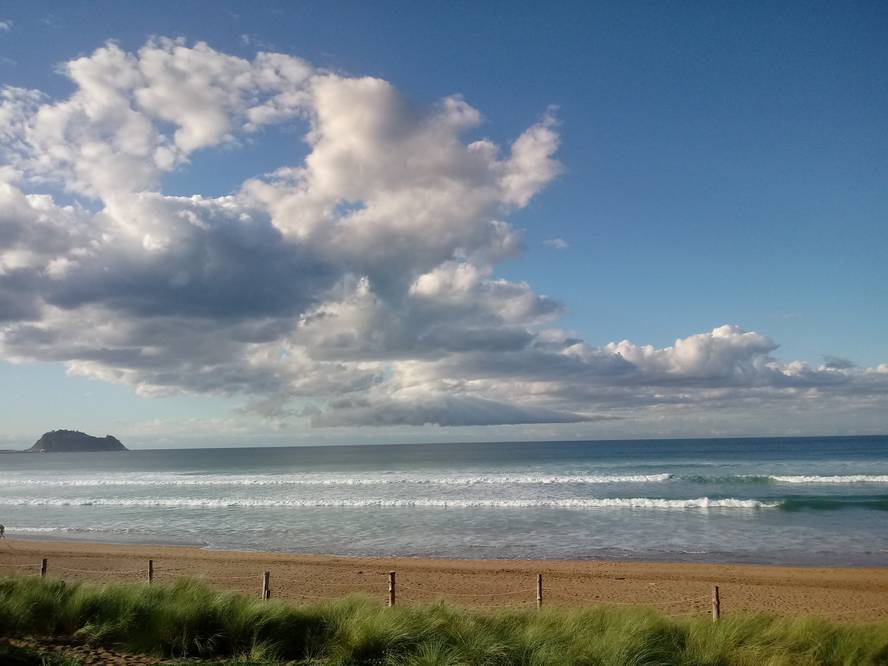COVID-19: low risk on beaches, pools and rivers
Although few studies have yet been carried out on the transmission of the SARS-CoV-2 virus in water areas, the Spanish General Research Council (CSIC) has prepared a report on the risk of leisure activities in these areas, based on available evidence.
The report analyzes beaches, pools and some fresh water resources (rivers, lakes, ponds, etc.) and concludes that, in principle, these spaces are not conducive to the survival and transmission of the virus. The greatest risk would be congestion.
As they have explained, it must be taken into account that in the water the virus is diluted, so even if the virus reaches the water, the concentration that a swimmer or bather would have introduced would have been null. In swimming pools, sauna, etc. are also used specific antipathogenic products, while in the sea salt would not benefit you either. On the contrary, in rivers and other freshwater areas the virus can last longer without destroying it, so be careful in those areas where the dilution effect is less (small wells), especially if used by many people.
Solar radiation and heat also damage the virus. In fact, the most harmful type of radiation (UV C) does not reach the soil, as it is absorbed by atmospheric ozone. But adding all the variables, it is not considered that the sands of the beaches and the riverbank have risk of transmission of the virus. It also warns that it is not necessary to disinfect these places and that, in case of doing so, substances should be used that do not harm the environment.
However, the aerosols that cause waves when exploding can be suitable for transporting the virus. Therefore, it is recommended to leave a distance from the shore above 2 meters. However, major health organizations have not reported that the sea breeze can contribute to the transmission of SARS-CoV-2, something that has not been seen with other viruses.






